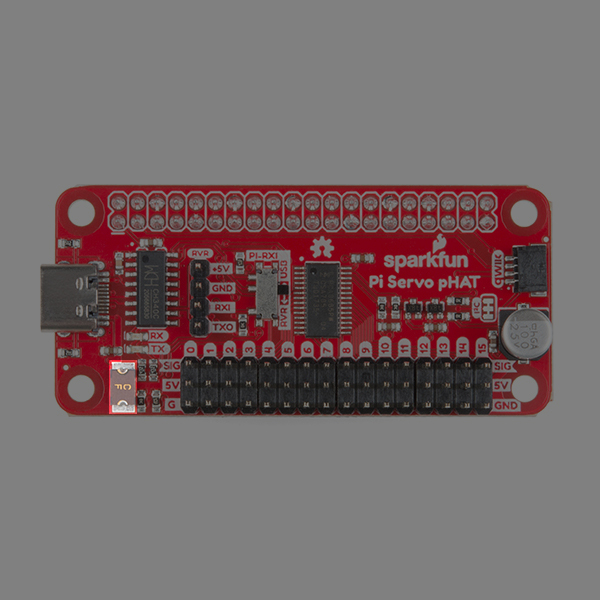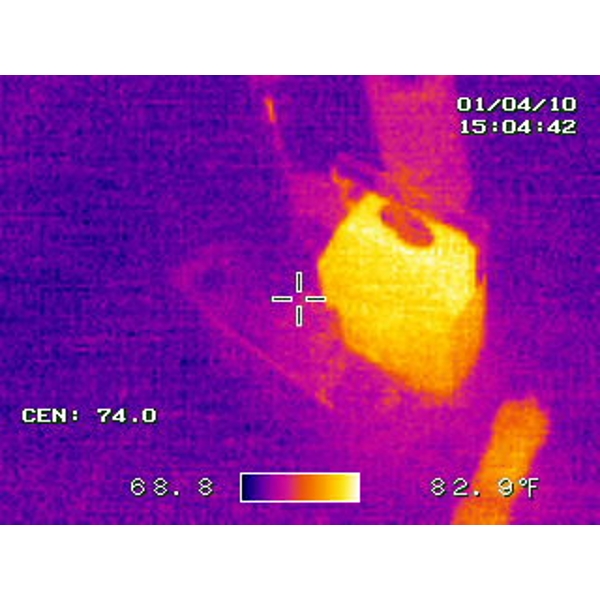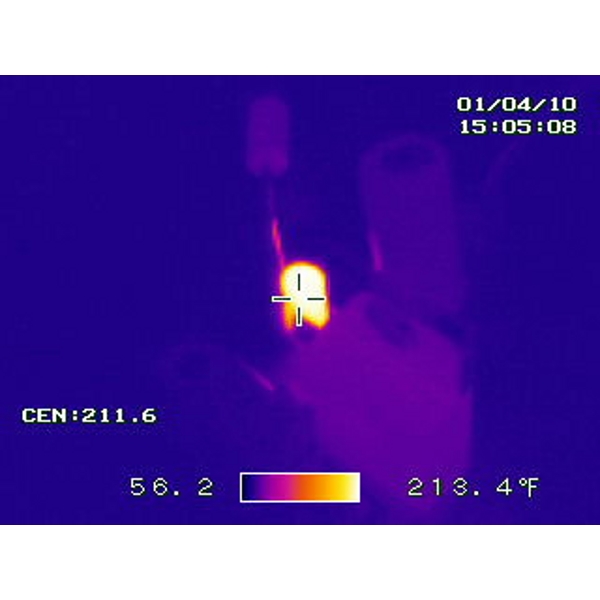Fuse Breakout Board Hookup Guide
How Does a Fuse Work?
Fuses are electrical components that help protect your project from overcurrent protection. Depending on the manufacturer and application, there are different current and voltage ratings. The rate at which the fuse blows out can also vary from slow-blow (a.k.a. time-delay), normal-blow, fast-blow, and ultra-fast. There are many types of fuses but we'll be focusing on the following.
- glass ferrule fuse
- resettable fuse (a.k.a positive temperature coefficient or PTC)
Glass Ferrule Fuses
A glass ferrule fuse is usually what comes to mind when you think of a fuse. They're pretty simple. If current exceeds the rating of the fuse, the small filament inside the fuse heats up and breaks (like a light bulb burning out). The circuit is then broken and hopefully your circuit is saved from molten destruction. The glass cartridges are useful for inspecting whether a fuse is blown but they operate a lower current faults compared to ceramic cartridges.
Depending on the specification, you may notice the filament glow and blow out in fiery glory. Or you may notice the filament may just glow for a little bit and melt. In other cases, the filament may bend before disconnecting or melt into tiny, metal spheres (not as exciting).
Resettable Fuses (a.k.a. PTC)
A positive temperature coefficient (PTC) (a.k.a. multifuse, polyfuse, polyswitch, or thermistor) is a device that will increase in resistance as current flows through it. The PTC on the left is for through hole pads while the PTC on the right is for SMD.
 |
 |
| PTH PTC | SMD PTC |
PTCs are your friend! Beginners in electronics will often create shorts or accidentally hook things up backwards. These PTCs can be designed so that at a certain current flow (let's say a 250mA PTC with current protection of 500mA), the resistance increases dramatically, thus limiting the current flow. You can find some of these resettable fuse on certain motor boards and micrcontrollers that connect to a USB port as shown in the following images.
 |
 |
 |
| Resettable Fuse on the Servo Hat for a Raspberry Pi | Custom Resettable Fuse for the Arduino Uno | Resettable Fuse for the RedBoard Artemis |
Basically, the PTC acts as a resettable fuse! You will want to place this device in series, before your voltage regulator. If your circuit draws more than 500mA (if you short power to ground for instance), the 250mA PTC will heat up and limit the current to 250mA. Once you remove the short, the current will drop back down, the PTC will cool off and the circuit will start operating normally again. It's a very cool little component that can save many designs from smoking.
The thermal images below of the PTC through hole fuse do a great job of showing what happens when a PTC is tripped. The thermal picture on the left shows a voltage regulating circuit in its normal state. The picture on the right shows a circuit when it is shorted. Notice how hot the PTC gets (213 °F!) as it limits the amount of damaging current going through the circuit. Major thanks to Joshua Weaver for the great thermal shots!
 |
 |
| Voltage Regulator Operating Under Normal Conditions | PTC Fuse Tripped Preventing The Circuit from Being Damaged |

